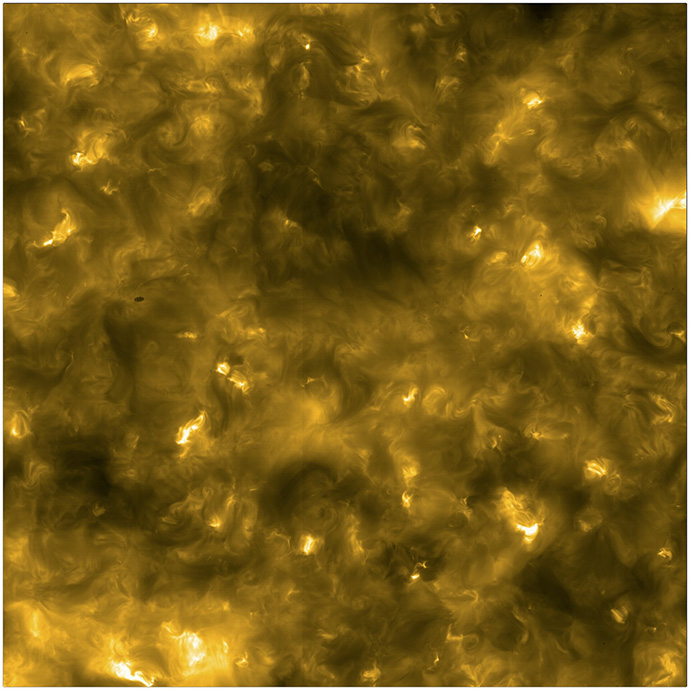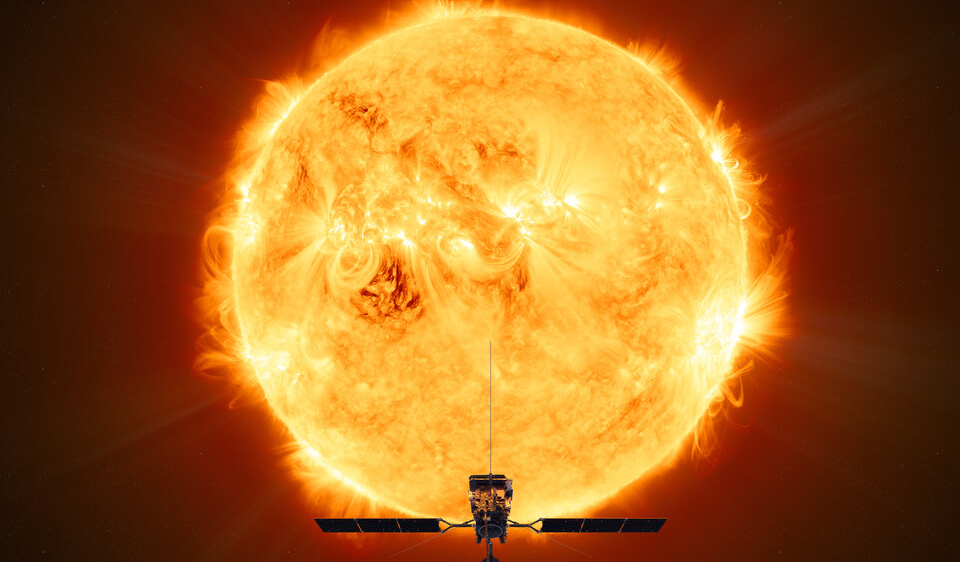Forensic observations of the solar surface, measurements of a giant outburst of energetic particles, and an encounter with a comet’s tail are just some of the highlights out of the more than fifty papers comprising a special issue of Astronomy and Astrophysics.
“The results published today demonstrate the variety of solar science that the mission is making possible, and signals the wealth of data that is now flowing back to Earth,” says Yannis Zouganelis, ESA Deputy Project Scientist for Solar Orbiter.

Up and going since 2020
Solar Orbiter is a collaboration between ESA and NASA. It was launched on 10 February 2020. It's cruise phase began on 15 June 2020, and lasted until 27 November 2021. During that time, the spacecraft acquired scientific data with its in-situ instruments, which are designed to measure the environment around the spacecraft. It also used its remote sensing equipment to look at the Sun in order to characterise and calibrate those instruments. Some of these data turned out to be of such good quality that they enabled the first scientific studies to be undertaken ahead of the main science phase, which began in late November 2021.
RoCS onboard
It has ten instruments onboard, six of which are remote sensing telescopes while four are instruments to process information on site. RoCS, University of Oslo, is responsible for the computer programs that convert the raw binary data from the remote-sensing instrument SPICE to a format that can be analysed by scientists.
